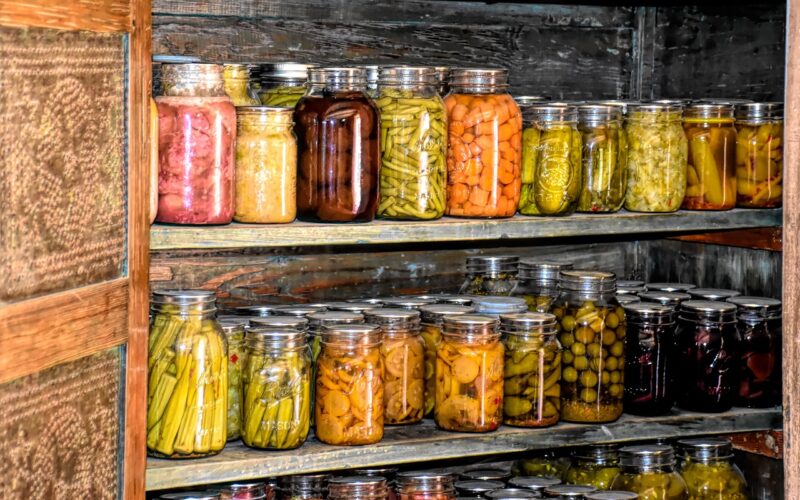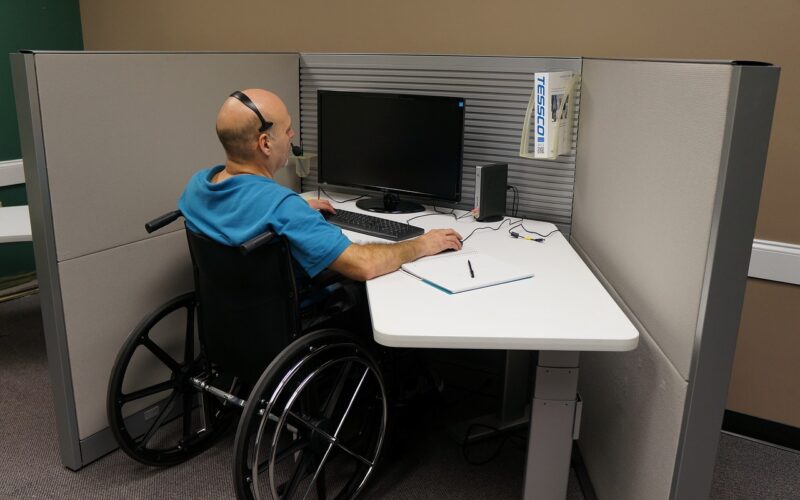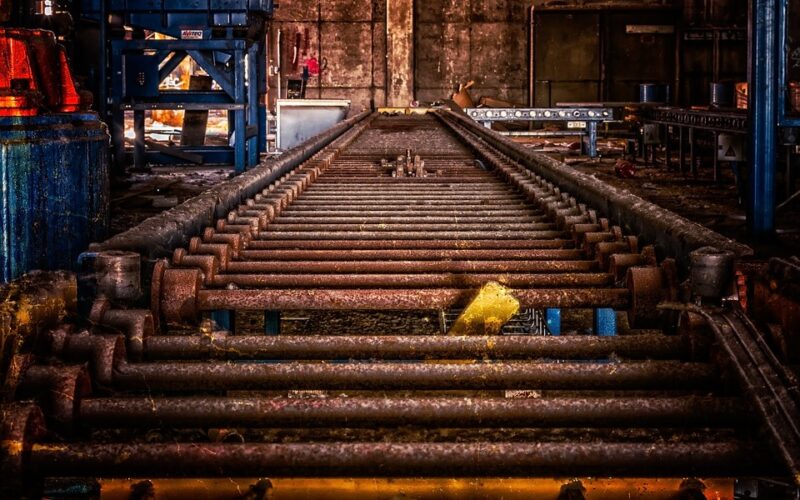Designing safety into our homes is essential, and self-sustainability plays a significant role in achieving this goal.
In our unpredictable world, we need systems in place that enable us to cope with unexpected situations like power outages, water pipe bans, and gas failures. These incidents are often outside our control, but with proper designs and planning, we can mitigate their impact on our daily lives.
Self-sustainable homes can generate their energy through solar panels, harvest rainwater, and manage waste products efficiently. By adopting self-sustainability habits, we not only prepare ourselves for emergencies but also contribute to a better future for our planet.
Additionally, these measures help to reduce costs and increase the value of our homes. Therefore, designing homes with self-sustainability in mind is the way to go.
Self sustainability systems
Self sustainability is becoming a buzzword as more and more people are taking steps towards living a more eco-friendly lifestyle. A self sustainable system is essentially one that can function without any external inputs or resources, and there are various types of systems that fall under this category.
For instance, the most common type of self sustainable system is an off-grid system that relies on alternative sources of energy such as solar or wind power. However, there are also other systems that focus on food production, waste management, and water conservation. These systems aim to reduce our reliance on traditional systems that often have negative environmental impacts.
As we strive towards a greener future, an understanding of the different types of self sustainability systems can go a long way in creating a more sustainable way of living.
Greywater systems in your home
With water becoming an increasingly scarce resource, it's now more important than ever to find ways to conserve it. One way to do this is by installing a greywater system in your home.
Greywater is wastewater from activities such as showering and washing dishes that can be treated and then reused for non-potable purposes like watering plants and flushing toilets. Installing a greywater system not only decreases your dependence on fresh water, but it can also save you money on your water bill.
Furthermore, it's a sustainable way to reduce your home's environmental footprint and contribute towards a more eco-friendly and water-efficient future.
So, consider installing a greywater system in your home and reap the numerous benefits it can provide.
Filtering systems
When it comes to grey water systems, choosing the right type of filtering system is crucial for ensuring the water is effectively cleaned and safe for re-use.
One popular option is a sand filter, which uses water filtration media such as silica sand or recycled glass to remove impurities. Silica sand is a common choice for its ability to trap particles and bacteria, but recycled glass filters are also gaining popularity due to their environmentally-friendly qualities. When selecting a filtration media, it's important to consider the quality of the water source and the size of the filter needed for your household's water usage.
Finding a reputable silica sand supplier can also help guarantee that your grey water system is operating efficiently and effectively.
Solar panels help increase home value
Did you know that installing solar panels at your home can not only reduce your energy bills but can also increase its resale value? Solar energy has been gaining popularity as a renewable source of energy in recent times.
As a result, more and more homebuyers are now looking for properties that already have solar panels installed. With increased demand, homes with solar panel systems can easily command a higher price in the market, making them a solid investment. Additionally, investing in solar panels can help you reduce your carbon footprint and contribute towards a better environment.
So, if you're looking to make a long-term investment that pays off both environmentally and financially, installing solar panels at your home might just be the right choice!
Heat source pump
If you're looking for an effective way to save money on your energy bills, investing in a heat source pump might just be the answer you've been searching for.
These innovative appliances work by drawing heat from the air, water or ground outside your home and using it to warm the air inside. This means that rather than using electricity or gas to generate heat, a heat source pump uses a small amount of energy to move heat from one place to another. Over time, this can save you a significant amount of money on your monthly energy bills.
Plus, it's better for the environment too. With a heat source pump installed in your home, you'll be doing your part to contribute to a more sustainable future.
Preparing for emergencies
It's always better to be prepared than to be caught off guard in an emergency. That's why it's important to have extra water and food storage at home. Emergencies can take many forms, from natural disasters like hurricanes or earthquakes to situations like power outages.
Having extra water and food can make a huge difference in your ability to weather a storm- both literally and figuratively.
A good rule of thumb is to have at least three days' worth of supplies stored up, more is always better. It's also important to rotate your supplies regularly, making sure that you're not storing expired food or water that has gone stale.
With a little bit of forethought and planning, you can ensure that you and your family stay safe and secure in the event of an emergency.
Sustainable solutions for your home
As more people become aware of the impact human activities have on the environment, sustainable living has become an increasingly popular lifestyle choice.
This means adopting practices and solutions that minimise negative effects on the planet and its resources. To educate yourself on sustainable solutions for your home, there are many resources available. You can start by researching online, where you can find information on green living blogs, websites, and forums.
Additionally, you can read books on sustainable architecture and design. Another option is to attend workshops or lectures on sustainability, where you can learn from experts in the field.
By taking these steps, you can become a more conscious consumer and make a positive impact on the environment.












